When you think of a popular fruit with myriad uses, grapes might come to mind. Under the correct treatment and conditions, the “fruit of the vine” is a key ingredient to one of the most popularly consumed and widely produced beverages in the world — wine.
Dried grapes (raisins) can be a lovely addition to salads and yogurt. Fresh, seedless grapes can be used to make grape juice, and they’re a handy snack all by themselves.
Grapes have existed since the beginning of human civilization, cultivated since the Neolithic era, and grown as far back as 6,000 to 8,000 years ago. You can find them all over the world — the estimated total global output per year is 75 million tons.
According to the Vitis International Variety Catalogue, there are over 23,000 grape cultivars today, though only a few are currently used. Grapes are grouped into two varieties: table grapes and wine grapes.
Table grapes, usually seedless, are large with thin skins. Grown to be consumed fresh or for grape products, they are less acidic and have a lower sugar content. Wine grapes are sweeter, contain more seeds and are smaller with relatively thicker skins. They also have more juice than pulp.
A delicious lunchbox treat, grapes also offer body-wide health benefits and may offer protection against chronic diseases, thanks to their phytochemicals. To maximize these, the seeds and skin contain the richest concentration of antioxidants.
Health Benefits of Grapes
Like many other plant-based foods, grapes are healthy for various reasons. In every 100-gram serving, they contain 14.6 micrograms of vitamin K and 4 milligrams of vitamin C. The resveratrol content represents one of the most important phytonutrients because of its ability to protect against colon and breast cancers, coronary heart disease, degenerative nerve disease and even Alzheimer’s.
Anthocyanins, another plentiful antioxidant phenolic phytochemical in red grapes, generate antidiabetic, anti-inflammatory, antimicrobial and anti-obesity activities, as noted by a 2017 study. Oligopeptides (peptides or amino acids) with antibacterial properties and catechin (a type of flavonoid antioxidants) found in grapes, also abound with health-protecting properties.
Grapes may help inhibit “bad” LDL cholesterol and plaque buildup in the arteries. They are rich in micronutrient minerals like magnesium and calcium. Grapes have a low glycemic index and contain the hormone and antioxidant melatonin, as well as about 191 milligrams of potassium per 100 grams. Iron is particularly concentrated in raisins, with 2.59 milligrams per 100-gram serving.
Inflammation is the basis of many life-threatening diseases. Messaging molecules (such as interleukin) and pro-inflammatory enzymes (like cyclo-oxygenase) that advance inflammation can be defused by grape intake.
However, make sure you consume grapes in moderation, as they contain fructose, which can be harmful to your health in excessive amounts. For more about the nutrition value of grapes, check the table below.
Grapes Nutrition FactsServing Size: 3.5 ounces (100 grams), American type (slip skin), raw |
||
| Amt. Per Serving |
% Daily Value* |
|
| Calories | 67 | |
| Total Fat | 0.35 g | |
| Saturated Fat | 0 g | |
| Trans Fat | ||
| Cholesterol | 0 mg | |
| Sodium | 2 mg | |
| Total Carbohydrates | 17.15 g | |
| Dietary Fiber | 0.9 g | |
| Sugar | 16.25 g | |
| Protein | 0.63 g | |
| Vitamin A5 µg | Vitamin C | 4 mg |
| Calcium14 mg | Iron | 0.29 mg |
Studies Done on Grapes
In 2010, researchers reported that grapes and grape products were “clearly identified” as having the potential to positively influence and even help minimize the risk of heart disease, cancer, diseases affecting nerve cells in the brain, age-related cognitive decline, Alzheimer’s disease and diabetes, with possible benefits for oral health, immune function, and antiviral activity as well. Studies attributed this to the antioxidant and flavonoid content in grapes and their ability to increase nitric oxide production.
Grape powder was shown to have a positive effect when tested on colon cancer patients, enough for researchers to determine that grapes may have colon cancer-preventative properties as well due to their resveratrol content.
Grape Fun Facts
In 2018, a vintage bottle of vin jaune wine made from Savagnin grapes, which grow exclusively in Eastern France, set a new record at an auction, after it was sold at a whopping $121,000. A type of dry white wine, vin jaune stands out for its rich golden color and flavor reminiscent of dry fino sherry. The bottle of wine that was auctioned was said to be 244 years old.
Summary
Grapes are a natural antimicrobial, containing anthocyanins, oligopeptides, catechins, superoxide dismutase, antioxidants and other properties to help reduce the risk of breast and colon cancers, as well as many other life-threatening diseases. They also help boost cardiovascular and cognitive health, manage diabetes and even encourage longevity.
The big deal about antioxidants is their ability to eradicate harmful free radicals from cells that can cause oxidative stress, leading to all kinds of chronic illnesses. Eating grapes in moderation is a good way to provide your body with the phytonutrients that can protect you.
Research indicates that staying optimally nourished with the fewest calories might help you live longer, so grapes may just be one of the healthiest natural foods on the planet. Just make sure to consume them in limited amounts, as they contain fructose, which may negatively affect your health if ingested excessively.


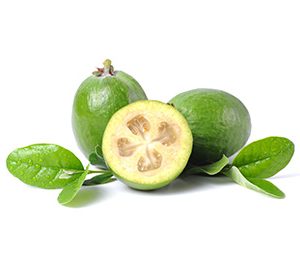
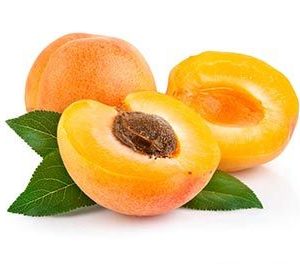
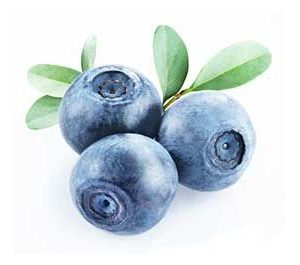
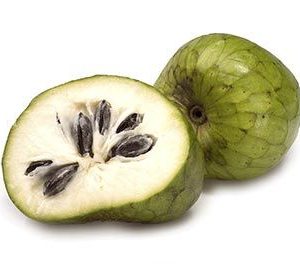
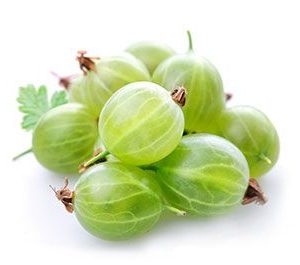
Reviews
There are no reviews yet.